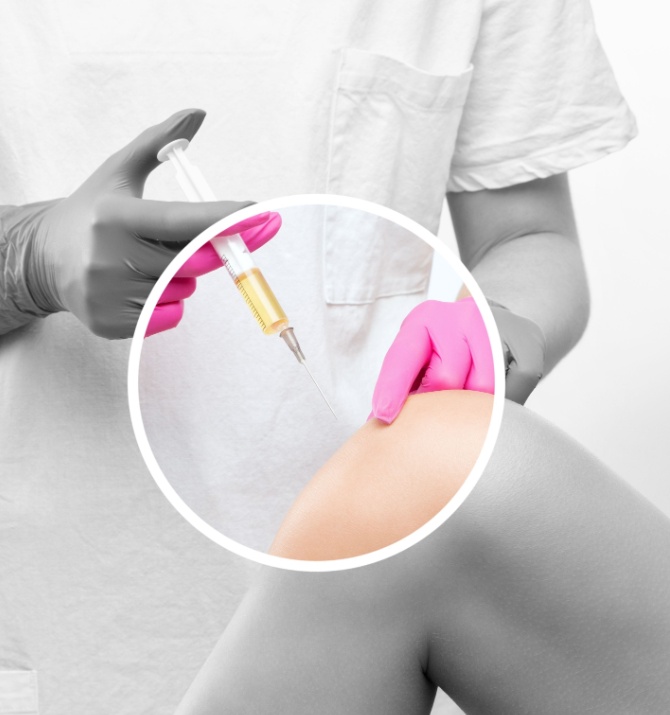Platelet Rich Plasma therapy is a comprehensive treatment that extends well beyond traditional cosmetic solutions. It is utilized to address a wide array of health challenges, from reducing wrinkles and improving skin texture to repairing joint injuries and alleviating chronic pain. By using your own concentrated blood platelets, PRP works to naturally revitalize tissues and support long-term healing. This method suits individuals of varying ages and lifestyles, offering a safe and effective way to enhance both appearance and physical function.
Moreover, the benefits of PRP are not limited to superficial improvements. Many patients report an increase in overall well-being and energy levels subsequent to their sessions. At our facility, our expert practitioners design a personalized treatment plan that integrates PRP therapy into your broader healthcare strategy, ensuring that every facet of your health is considered. This integrative methodology not only improves immediate outcomes but also promotes enduring wellness, reaffirming PRP as a leading option in regenerative medicine.


